
Week 2
Lecture Stuart Tolley & Colophon Foundry
(Story told: Reforming and projecting a new future in a type design)
- Colophon Foundry designed typeface for welsh government:
- – Respect the heritage of a font and overall vernacular -> but bring it into a new light
- – main part research: distill it down to what made it welsh looking
- – research into language itself & certain features/appearance -> refining and simplifying the “harp”
- – worked with wide range of people
- – readability and identity of a place
- – good collaborators
- – testing it (stakeholders etc.)
Designing identity for brands or organizations with national heritage needs to appeal to global audience while reflecting national one
- Example 68 Mexico Olympics design by Lance Wyman:
- – didn’t want the stereotypical “mexican”
- – no computers at that time
- – falling in love with mexican folk art & pre Hispanic designers
- – op art influence during that time (historical) -> optical art = style of visual art that uses visual illusions
- – generating energy (black vs white lines) -> bring it into country
- – after creating logo local craftspeople came in to do it with wool -> be expressive with color
- – reusable logo & can be used with different color combos on different products (e.g. T-shirts)
- – icons for different sports types based on mayan glyphs (concept established in Mexico beforehand)
- – other elements from Olympic history: silhouettes / running men (greek) -> became important because they wanted a simple communication form instead of using several languages to translate
- – letter stamps -> adjusted to the printing at that time which was limited -> used solid background color
- – design of tickets: icons, clear signage
- – designer conscience: during that time students demonstrated against mexican government -> were killed -> The designers didn’t feel good about it -> but there designs were used by students protesters
Resources
Dan Rhatigan on Ryman Eco Font (youtube)
- best typefaces are very functional and also very beautiful
- printing and ink produces a lot of plastic
- designed a font which uses less ink
Creative Review (2018) The CR podcast episode 14: Making, changing and documenting places
- step away from clique and so something different, maybe fun and quirky (make even stereotypes work for you)
- move away from traditional campaigns -> support artists or locals
- not just invent something about the city but find something special/authentic about the city
- create things that makes people want to go there -> open to public
- bring in diverse community (culture and also professions/creatives)
Preserve character of a place and create new opportunities
- example: Canary Wharf London? -> make sure local community part of it (talk to people, make them feel it’s for them…) (<-> “gentrification” “alienation of pre-existing communities”)
- services that are easy to use for everybody
- doing things in a more thoughtful way not necessarily about budget
Research and thinking about the brief
What makes this city special, what story do I want to unfold? What hasn’t been told yet, but deserves to be told?
Digging into the history revealed a city different from today. During the 19th century art nouveau movement brought a lot of creatives to the city -> can be seen in architecture
In the 1960’s and 70’s: International and hotspot for creatives, party city (https://muenchen.mitvergnuegen.com/2022/schickeria-serie-amazon-muenchen/; documentary)
“it is almost difficult to explain how this being at the forefront and the constant presence of world stars could go together with the cosy, provincial, always the same Munich-as-a-village feeling that existed and of course still exists” (translated from german, https://www.sueddeutsche.de/medien/muenchen-dokuserie-schickeria-rezension-1.5643779)
Leads:
- Kunstlabor2 (found broke.today -> no open exhibits atm)
- Documentary (see above: Als München noch sexy war)
- Google maps – looking for cultural & art related venues and communities -> Association “Mehrplatz zum leben”
- Galerie der Künstler ?
- Association: – Mehrplatz zum leben:https://mehrplatzzumleben.wordpress.com/
- – report in Bayerischer Rundfunk
- It’s about community (reminds me of Gracia in Barcelona where I lived for 2 years. All the cultural activities and efforts of the community: e.g. Festas da Gracia, a festival in the neighborhood where some streets compete against each other in transforming the neighborhood surroundings based on a chosen topic) vs. the area I live which is basically soulless. It takes time (Melanie Kieweg took some time to get things rolling; needs a lot of determination and effort)
- – Again checked my own immediate suroundings: https://www.pro-fuerstenried.de/
- Art Nouveau:
- – went to Kunsthalle exhibit: https://www.kunsthalle-muc.de/jugendstil/
- – Munich map of Jugendstil architecture: https://municharttogo.zikg.eu/tours/show/15
- – Art Nouveau: Back then, it was an escape into another world, away from industrialism and science. Towards nature. Current topic? (AI critics, technology advancements, more people/families move to the countryside?) (see audio tour of the exhibit)
- – Story of Elvira Atelier: Woman power; Uncommon architecture of their studio
– https://www.unseen-women.design/designerinnen/anna-simons (found it on instagram)
- My general approach was to explore as much as possible the culture and art in the city, as art can be a mirror of society and current issues. (research?)
- create connections between past/present/future?
- Art Nouveau is again relevant, as in the past (Just like back then, it is more important than ever to view and design the city as a ‘city as living space’ (August Endell and ‘The beauty of the big city’ transl. from german)
Better to have a story that is actual with the needs of the city or something that is deeply rooted historical? or how to combine the historical with the present?
Ideas/themes
- Suffrage Jewelry (googling mainly leads me to jewellery ads or shops who would like to sell -> go to google scholar) -> women rights today
- touch/warm
- human vs. animal
- brushes
- leonardo da vinci -> Salvator mundi
- shells formation
Research task
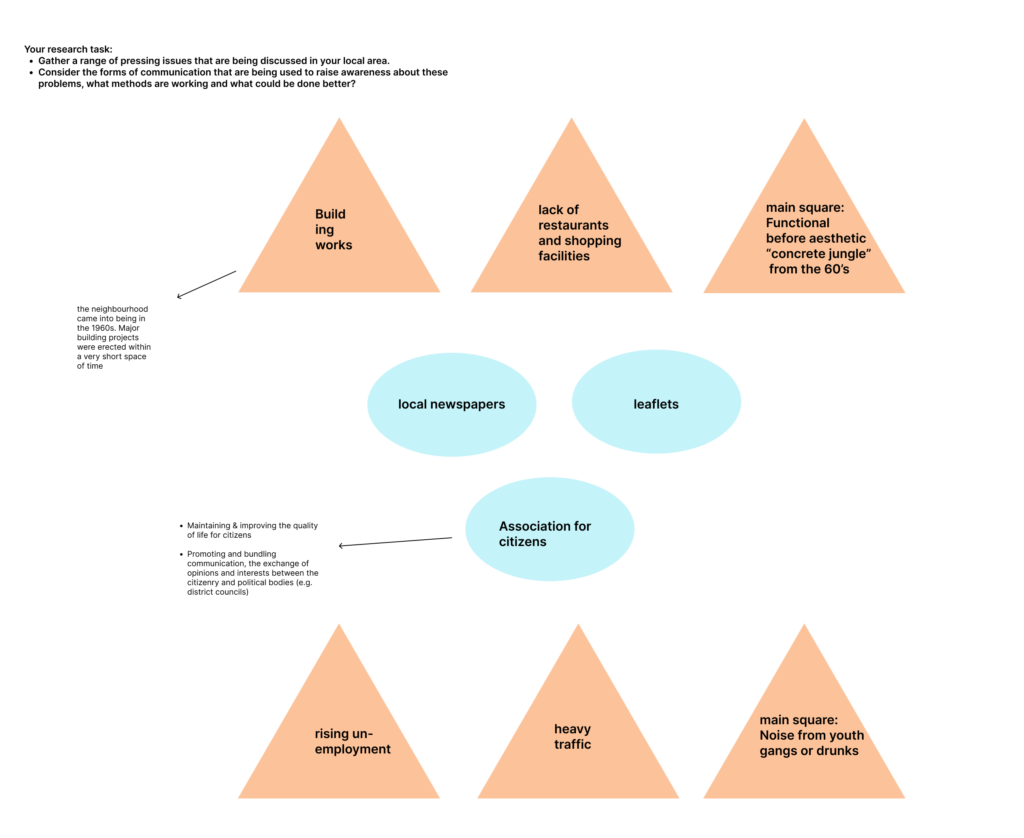
Thoughts after the webinar with Frauke (30.1)
I was looking all the time for something that would really define this city and be a great example of solving a problem that this city has. I was also trying to see the big picture and think about what story I could tell that would be meaningful to the people in my immediate neighbourhood.
But I realised that I had been trying too hard to find a purpose and options for the collaboration already, so I wasn’t open to the story within the story within the story. The layering of a story, so to speak. Maybe in a different situation, with a less strict time frame and a less institutional framework, I wouldn’t have thought so much about finding a purpose yet.
It can be something very small that people are not aware of. I think I better understand the task of the letter now. It doesn’t necessarily have to be a very conscious issue of our time, such as immigration or women’s rights. It can be a story that doesn’t yet grab society’s attention. But I think the perfect situation would be if it eventually finds its way back to issues or relevance in the present.
I think I have to go back to understanding what Kenya Hara is trying to tell us with “Noticing the Ignored”.
Notes from the webinar
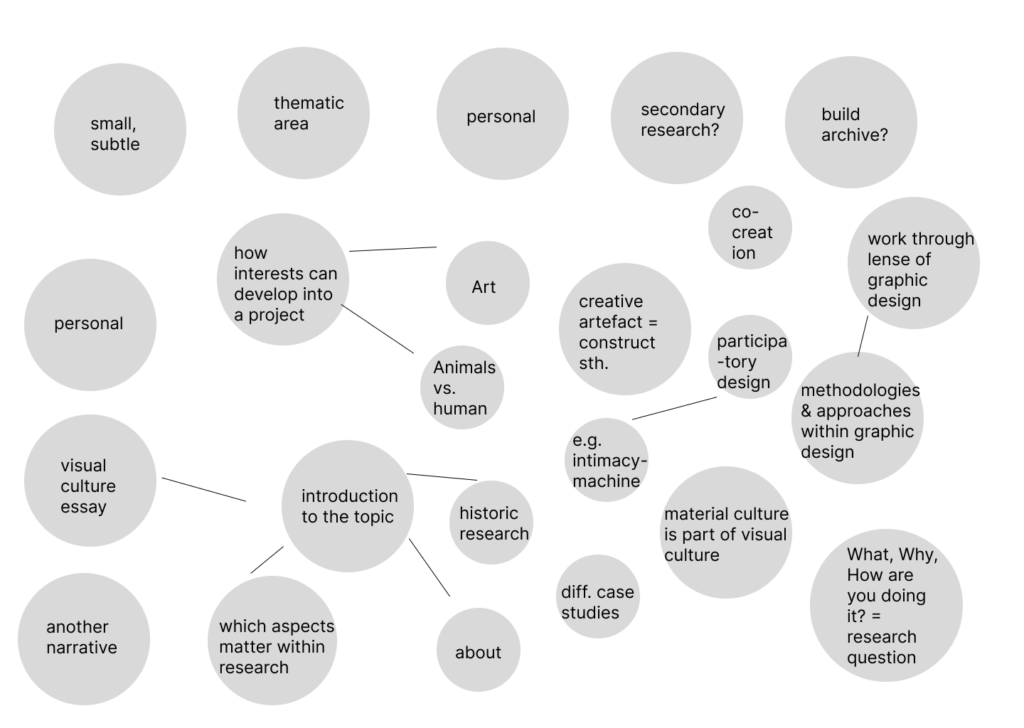
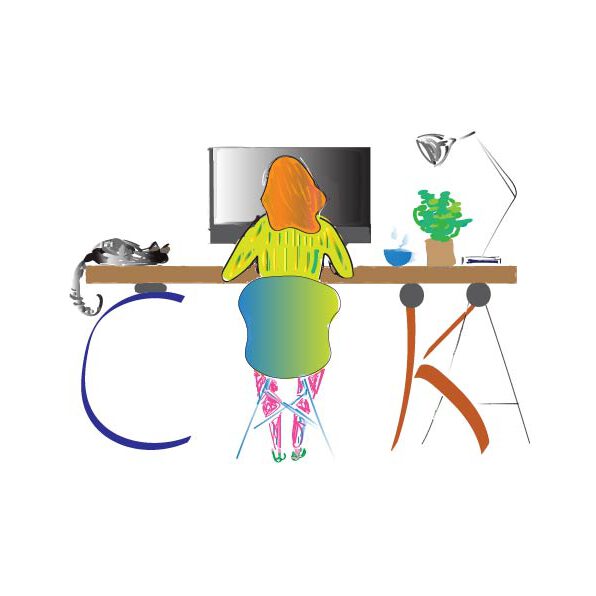
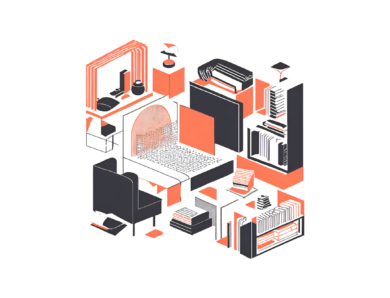
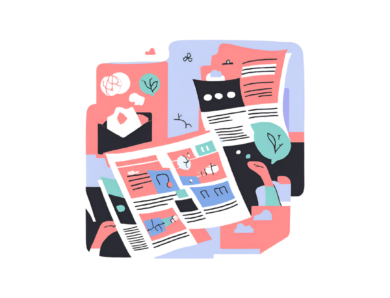
No Comment